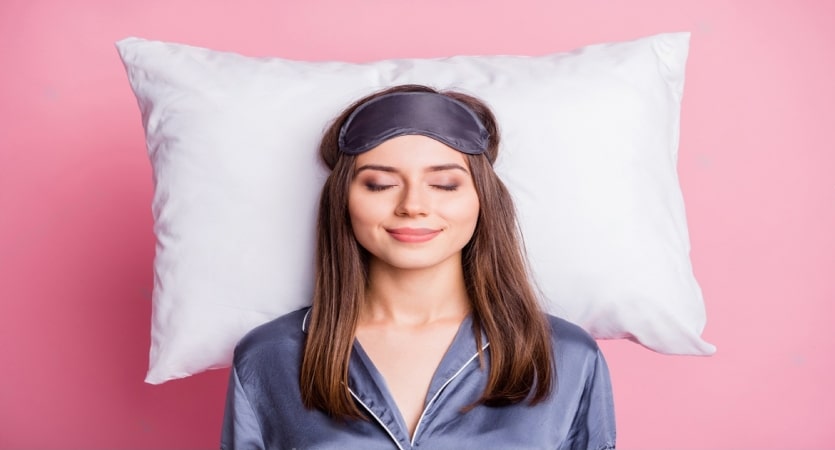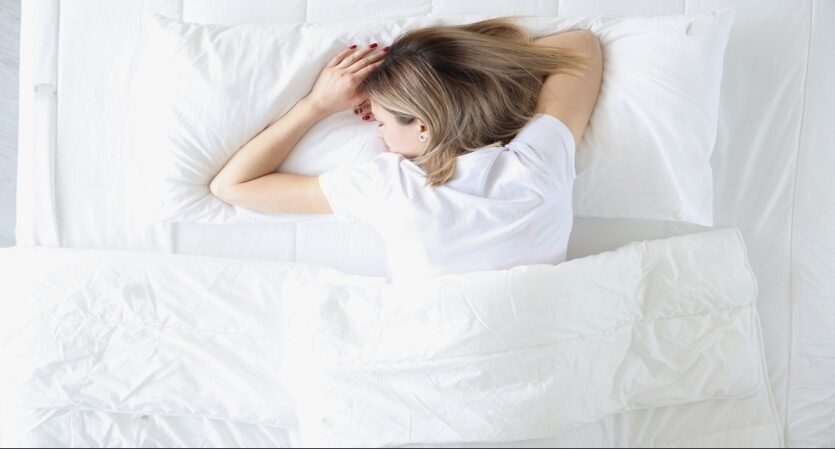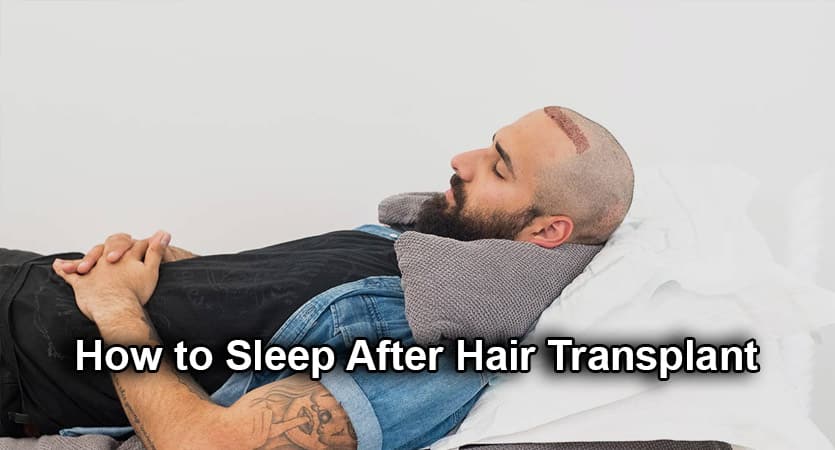One of the most popular medical aesthetic procedures that provides long-term solutions to those with thinning issues brought on by hair loss is hair transplantation. Over the past few years, hair transplants have been popular for treating male and female pattern baldness. A FUE hair transplant removes individual hair follicles from your skin and implants them elsewhere. The new area’s hair will appear thicker as a result. The most crucial of all of them is your sleeping or resting position. After surgery, there will be minimal discomfort for a week, but the freshly transplanted hair follicles need time for growth.
Why Does Sleep Position Matter After Fue Hair Transplants?

If you’ve had a FUT or FUE hair transplant, it’s crucial to exercise extra caution when sleeping the night after your procedure. If you don’t pay attention to your sleeping posture after a transplant, the following things could happen to you:
Dislodged Hair Grafts
Hair transplant surgery involves transplanting follicular units from the back and sides of the scalp to the front and top. These can all be impacted while you sleep and must all recover. But you can even require revision surgery if the grafts are damaged. Your hair grafts are highly fragile right after surgery. The smallest amount of pressure can be harmful. Therefore, you must take all necessary steps to care for them.
More Swelling
Hair transplant surgery involves postoperative edema, and it is unavoidable. The surgeon injects fluid under the skin to lift it off the bone at surgery. It prevents the tools from damaging the veins or bones beneath the skin. It might continue if you don’t know how to sleep after a hair transplant. It would help if you kept your head raised to prevent it. Not taking care of your hair transplant will damage it.
How Should You Sleep Following FUE Hair Transplant?

Choosing the proper sleeping posture is essential to have the least discomfort and prevent unintentional pressure on the transplanted area.
Sleeping on Your Back
After a FUE hair transplant the ideal sleeping posture after hair transplant surgery requires lying on your back with your head and back high, ideally at a 45° angle, whether it was a FUE hair transplant or a FUT hair transplant. This position minimizes the possibility of any direct touch or friction with the transplanted area while promoting proper blood circulation.
Avoid Sleeping on Your Stomach
Swelling can worsen if you sleep on your stomach. If you typically sleep on your stomach, we advise temporarily altering positions for your hair transplant outcomes. Sleeping on your stomach can make you puffier and damage your transplanted hair. Avoid resting on your stomach because it puts pressure on the grafts, which could compromise their integrity and alter the transplant’s final results.
Use Extra Pillows for Comfort
Consider placing a small cushion or towel behind your neck to improve comfort and offer additional support to your neck and upper back. Your spine’s natural curve will be preserved, and any strain or tension will be relieved. Additional pillows can assist in elevating your head, which is crucial in the first two weeks following your transplant. Since your scalp is not actively pressed against a surface while you sleep, this posture reduces swelling and protects grafts.
Avoid Any Scratching or Flicking
At night, a lot of us do that unconsciously. However, it has other potential causes, such as stress or dryness. If you are aware, it is best to talk to your surgeon about this issue to prevent scratching. Additionally, if it’s hot, folks with long hair can try to flick it away from their necks while they sleep. It’s likely due to an unshaven hair transplant if you have long hair following the procedure. After this operation, you must tie your hair up in a bun to protect the hair grafts.
Additional Postoperative Instructions After Fue Hair Transplant

Following a FUE hair transplant, patients can aid in a quicker healing and recovery process by doing the following:
- Avoiding exercises or physical activity that could increase heart rate or generate perspiration. Sweating will itch the scalp and is not recommended for hair transplants. Your hair grafts can also become loose as a result.
- Avoid drinking alcohol and smoking, which damage the head’s blood supply.
- Keep hydrated and eat a balanced diet rich in minerals and antioxidants that support recovery.
- For the first two weeks following surgery, keep the scalp out of direct sunlight, and for the first three months, avoid having any sunburn on the transplanted areas.
Aventus Aesthetics: Your Destination for the Best Hair Transplant in Lahore
When achieving the best hair transplant results in Lahore, look no further than Aventus Aesthetics. We specialize in the art of hair transplantation, offering top-notch services that have made us a trusted name in the industry. Our commitment to innovation and excellence sets us apart, ensuring that our patients receive the highest level of care and results that exceed their expectations.
At Aventus Aesthetics, we understand the importance of a good night’s sleep in the recovery process after a hair transplant. We know that proper postoperative care and sleeping positions play a crucial role in maximizing the benefits of the surgery, minimizing discomfort, and reducing the risk of complications. That’s why we’re here to guide you on how to sleep after a FUE hair transplant to ensure you get the best possible outcome.
Conclusion
After a FUE hair transplant, having a decent night’s sleep the night after hair transplant surgery is crucial. It maximizes the advantages of the surgery while promoting recovery, minimizing discomfort, and minimizing risks. You may speed up your recovery and ensure the greatest outcome by following the advised sleeping positions, taking care of the transplanted area, and being treated by certified plastic surgeons. At Aventus, we offer the best hair transplantation results. We aspire to innovate and improve hair transplants by providing the greatest facilities to our patients.


